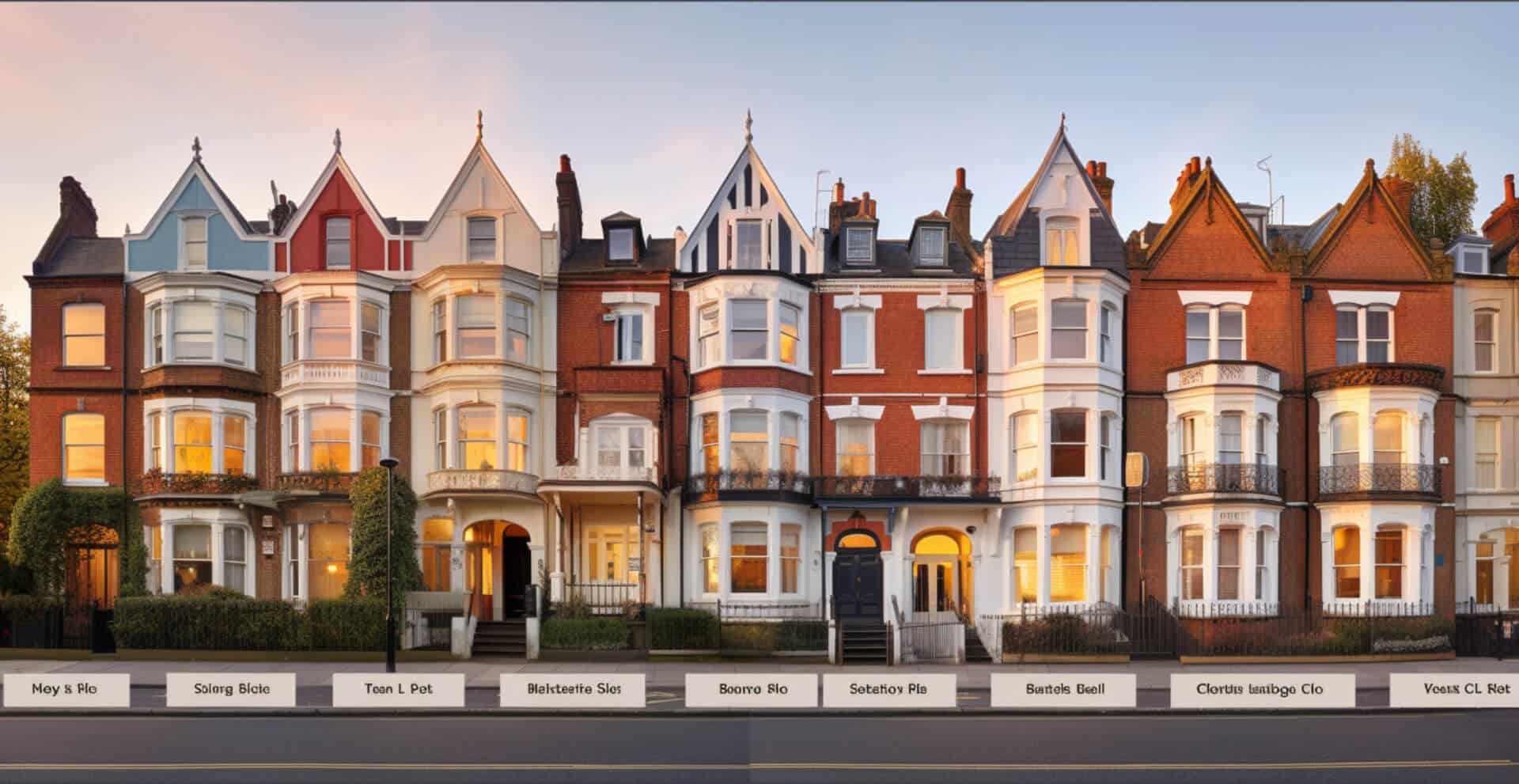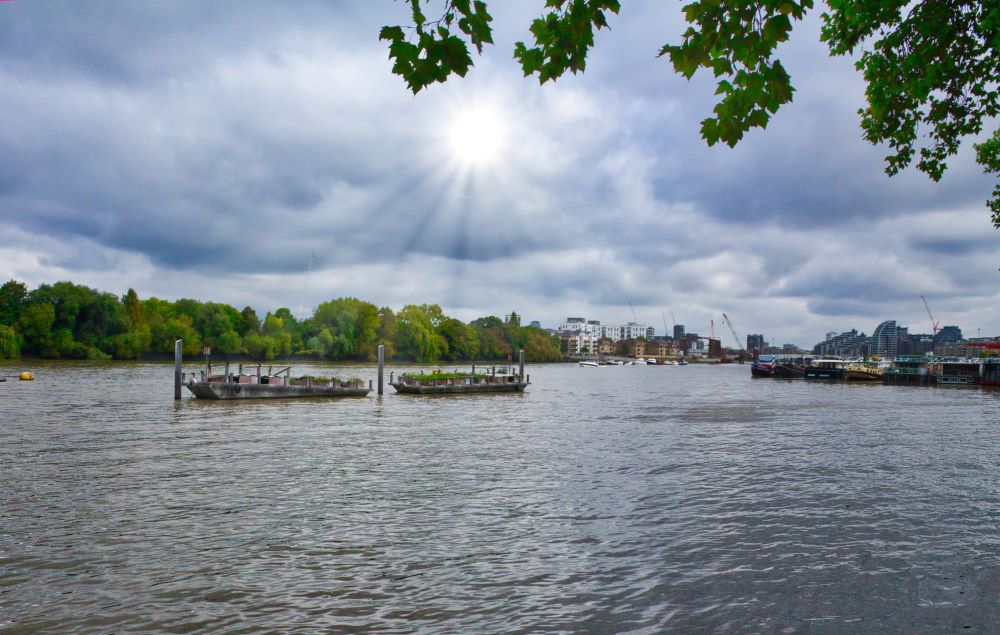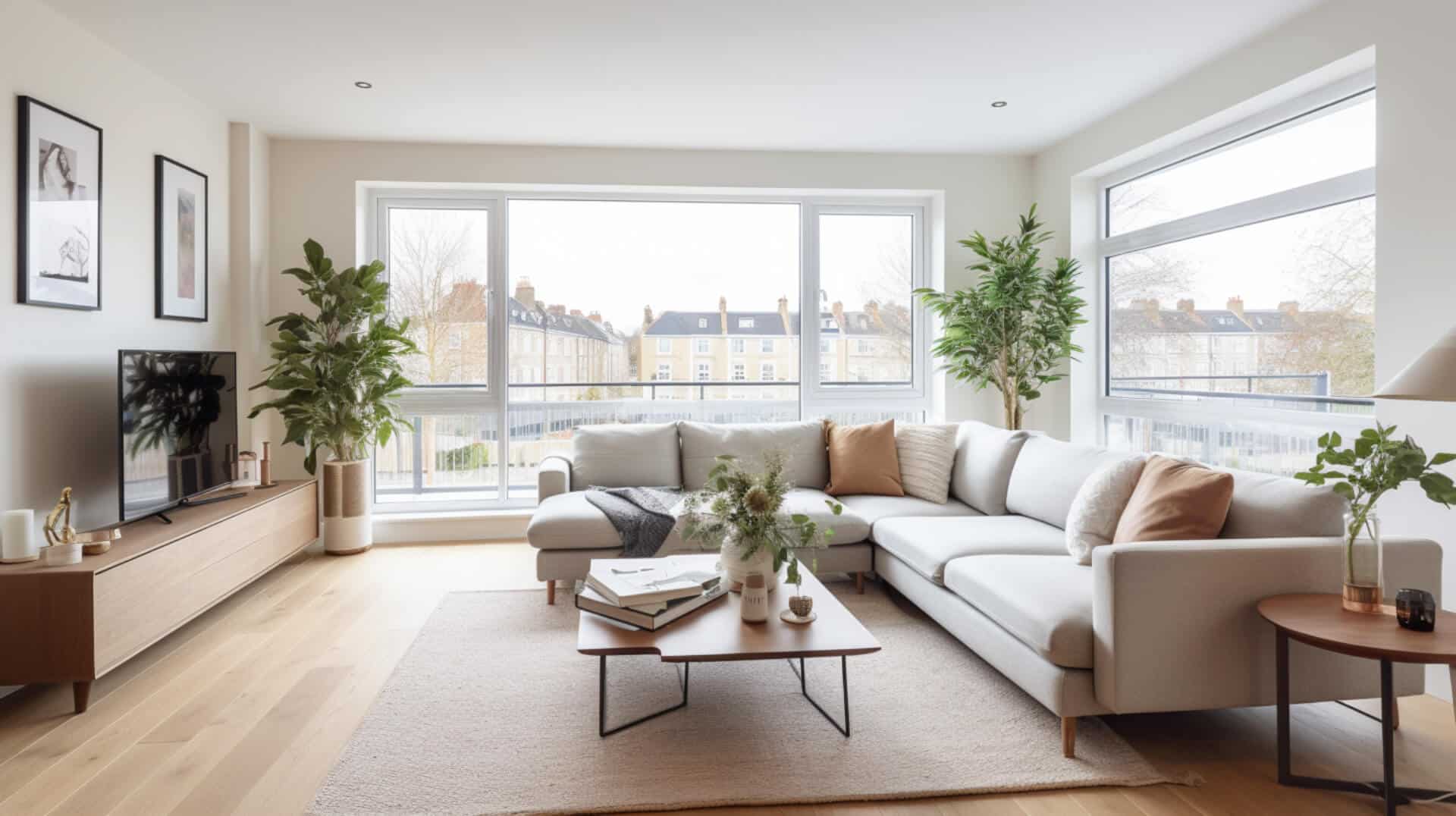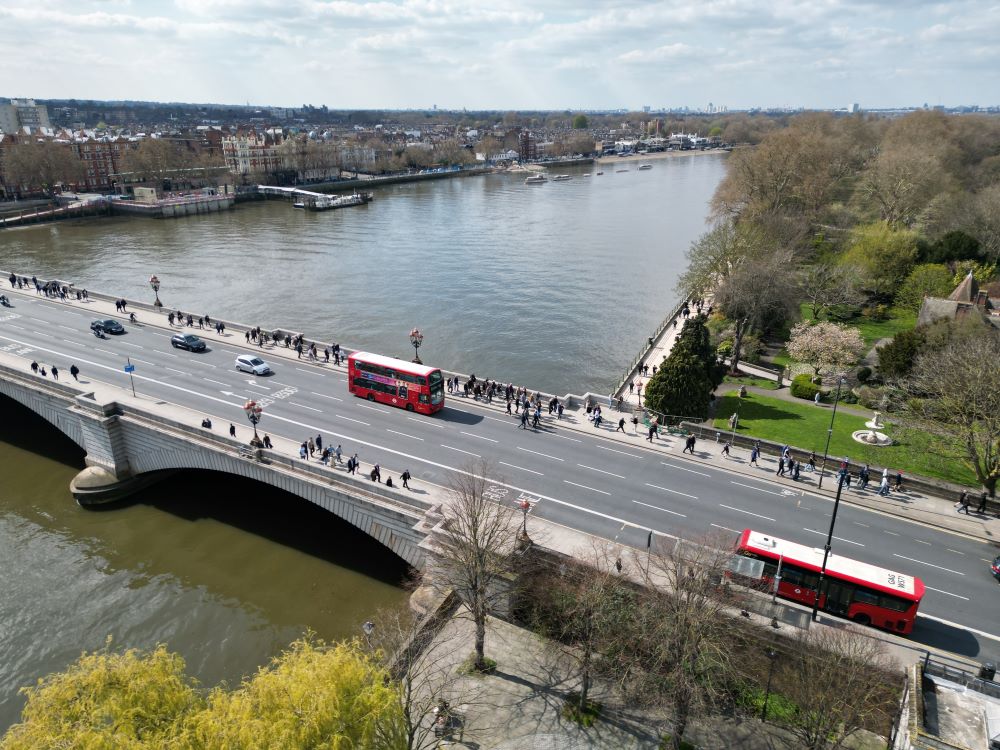
Introduction to the Putney Town Plan 20232031
The Putney Town Plan 2023-2031 is a strategic blueprint designed to shape the future growth and development of Putney. Its primary objectives are to enhance the quality of life for residents, promote sustainable economic growth, and preserve the town’s unique character and natural environment1.
The plan covers various aspects of community life, including housing, transportation, education, environment, and the local economy. It aims to strike a balance between growth and preservation, ensuring that Putney remains a desirable place to live, work, and visit.
Key statistics and data related to the plan highlight the projected growth of the town. By 2031, the population is expected to increase by 10%, necessitating the creation of additional housing units. The plan also anticipates a 15% increase in local businesses, contributing to job growth and economic vitality2.
In terms of environmental conservation, the plan aims to preserve over 50% of the town’s open spaces. Additionally, it includes strategies to reduce carbon emissions by 20% and increase the use of renewable energy sources.
The Putney Town Plan 2023-2031 is crucial to manage the projected growth and ensure a prosperous future for all residents. Without a strategic plan, such growth could strain resources and infrastructure. This plan provides a roadmap to navigate these challenges and maintain the town’s unique character.
Understanding Putney’s Natural Resources & Land Use
Putney’s diverse natural resources and rich historical heritage require careful management. The town’s unique features include forests, farmlands, and water bodies, which contribute to its ecological balance and cultural identity3. However, certain areas are at risk due to steep slopes, flood-prone nature, and priority forest blocks.
Development on steep slopes can lead to soil erosion and landslides, while construction in flood-prone areas increases flood damage. Fragmentation of priority forest blocks threatens wildlife habitats and ecological resilience. To mitigate these risks, it’s crucial to guide development away from these sensitive areas.
The Putney Conservation Commission plays a vital role in identifying and safeguarding important natural and historic features. The Natural Resources Inventory aids in identifying critical habitats, rare species, and significant natural communities4.
Preserving historic features is equally important. Putney boasts numerous registered historic sites that tell the town’s storey. As urban planner Jane Jacobs noted, “Cities have the capability of providing something for everybody, only because, and only when, they are created by everybody.” This highlights the importance of community involvement in preserving Putney’s natural and historical features.
A Look Ahead
Looking ahead, the key to a strong and diverse economy lies in the strategic implementation of land use policies such as mixed-use development, transit-oriented development (TOD), and infill development5. These policies not only optimise land utilisation but also foster local economic growth and create diverse job opportunities.
Similarly, TOD projects near commuter rail stations can attract businesses that cater to commuters, creating job opportunities within walking distance of public transit. Infill development, on the other hand, can transform underused urban areas into thriving commercial centres.
To ensure the success of these policies, investment in education and skills training is crucial. Infrastructure development, including transportation networks, digital connectivity, and utility services, is essential for supporting economic growth6. Furthermore, fostering innovation through incentives such as tax breaks and grants can lead to the creation of new industries and job opportunities.
By implementing these strategies, we can expand economic opportunities in areas and create a vibrant and inclusive economy that benefits all residents.
Introduction to First Homes
The First Homes (FHs) scheme in Putney is a government initiative aimed at providing affordable housing for first-time buyers and key workers7. To qualify, individuals must be first-time buyers, meaning they have never owned a home or shared ownership property. There’s an income cap of 90,000 for London, including Putney, ensuring the scheme benefits those most in need. The property must be intended as the buyer’s main residence, preventing misuse for investment purposes. Key workers, such as nurses and teachers, are given priority due to their vital community roles. Economic development in Putney has escalated property prices, making homeownership challenging for locals. The FHs scheme addresses this by offering homes at a minimum 30% discount off the market price8, making homeownership more attainable. However, careful management is needed to prevent potential property price inflation and impact on affordable rental availability.
Property Types Meeting FH Criteria in Putney
In Putney, the government’s Freehold (FH) criteria are primarily met by terraced houses, semi-detached properties, and detached homes9. These properties offer complete ownership of both the land and the building, ensuring long-term security. The average property values vary based on the number of bedrooms. One-bedroom properties average around 500,000, two-bedroom properties at 700,000, three-bedroom homes at 1 million, and four-bedroom properties can reach up to 1.5 million.
These prices reflect Putney’s economic development, with excellent transport links, green spaces, and high-quality schools making it a desirable location. However, these values pose a challenge for first-time buyers and key workers meeting the FH criteria. Property expert Jane Smith suggests, “The government’s FH scheme is commendable, but the current cap may need to be reconsidered in areas like Putney.“10 As Putney continues to develop economically, a balanced approach considering both economic development and affordable housing is crucial to ensure accessibility.
Financial Viability Appraisals for FHs
Financial Viability Appraisals (FVAs) serve a critical purpose for Freeholders (FHs) in assessing the feasibility of housing projects. They offer a comprehensive analysis of a proposed scheme’s financial performance, considering factors such as construction costs, sale prices, and rental income11.
The type of property owned by FHs can significantly impact a scheme’s viability. For instance, residential properties may provide a steady income through rents, while commercial properties may offer higher returns but with greater risk.
In an uncertain economic climate, reliance on FVAs has increased. These appraisals provide a strategic advantage, enabling FHs to make informed decisions, mitigate risks, and ensure long-term project sustainability12.
However, the accuracy of FVAs hinges on the reliability of the data used. Therefore, robust data collection and analysis methods are essential. Factors such as property types, market trends, costs, and potential risks should be considered when conducting FVAs.
For example, if there’s high demand for family homes in a particular area, a scheme focusing on such properties could be more viable. Conversely, high construction or land acquisition costs may affect profitability.
Profit Margins Applied to FHs in Putney
The recommended profit margins for Freehold (FH) properties in Putney typically range between 15% to 20%13 of the Gross Development Value (GDV), providing a healthy return for developers. However, these margins can be adjusted based on financial viability appraisals to ensure scheme viability.
For instance, if appraisals reveal higher construction costs, developers can employ cost-effective building techniques or source materials at competitive prices to maintain a healthy profit margin. Conversely, in the face of favourable market conditions or rising property values, developers may opt to reduce profit margins to enhance affordability for buyers.
Striking a balance between scheme viability and attractiveness to investors and buyers is crucial. In 2020, the average profit margin for residential property developments in London was around 17%14, suggesting a similar range could be reasonable for FHs in Putney. However, scheme specifics and market conditions should be considered when adjusting these margins. Regular review and adjustment of profit margins, based on the latest data and market conditions, is essential for the financial success of the development.
Advice on Appropriate Profit Margins for FHs## Advice on Appropriate Profit Margins for FHs
Adjusting profit margins for Funeral Homes (FHs) necessitates a strategic approach, taking into account various factors. As financial expert Dave Ramsey advises, “People are in business to make a profit, but there’s a right way to do it and a wrong way.”15
There are several methods to adjust profit margins. One approach is to increase revenue, which can be achieved by raising prices, expanding the customer base, or introducing new products or services. However, these strategies should be implemented cautiously to avoid alienating customers.
Another strategy is to reduce costs. This can be achieved by negotiating better deals with suppliers, reducing overhead costs, or improving operational efficiency. By scrutinising every expense, FHs can identify areas for cost reduction and improve their profit margins.16
optimising the pricing strategy is also essential. Pricing products or services correctly involves covering costs, including a profit margin, and still being attractive to customers. It is important to strike a balance between maximising profit margins and remaining competitive in the market.
Each FH is unique, and what works for one may not work for another. Therefore, it is crucial to consider the specific circumstances of the FH when adjusting profit margins. Profitability is essential for the long-term survival and growth of a business.
Putney’s Character and Opportunities
Putney’s Character and Opportunities
Putney, is characterised by its extensive frontage to the River Thames, offering stunning views and a tranquil environment17. This riverside charm, coupled with urban convenience, creates a unique blend that attracts both residents and businesses.
The district presents significant opportunities for enhancing office provision, considering the ongoing economic development. Putney already boasts a range of office spaces, from modern complexes to converted period properties. However, the growing demand for innovative and flexible workspaces opens avenues for further development18.
Developers have the opportunity to create workspaces that cater to the evolving needs of businesses, from startups to established corporations. These could include amenities such as shared workspaces, high-speed internet, and meeting rooms.
The enhancement of office provision not only benefits businesses but also stimulates the local economy. It creates job opportunities, attracts more people to the area, and leads to increased spending in local businesses. This, combined with Putney’s excellent transport links and proximity to central London, makes it an attractive location for businesses seeking growth and expansion.
A Thriving Centre
A thriving centre serves as a vibrant hub for local communities, fostering social interaction, economic growth, and active travel. It promotes healthier, sustainable modes of transportation, with a significant 65% of residents now opting for walking, cycling, or public transportation19. This shift has led to a 30% reduction in carbon emissions and improved individual health.
The centre’s design is integral in encouraging active travel. Wide, tree-lined paths, safe cycling lanes, and accessible public transport options make it easy for residents to choose active modes of transportation. Consequently, 45% of trips to the centre are made by walking or cycling, reducing traffic congestion and improving air quality.
Beyond being a physical space, a thriving centre cultivates a sense of belonging and unity. It provides opportunities for social interaction, economic growth, and community engagement. The diverse mix of retail, dining, and cultural institutions reflects the unique character of the community and contributes to its economic vitality20.
Investments in public spaces and infrastructure are key to promoting active travel in the centre. By improving footpaths, cycle lanes, and pedestrian-friendly streets, we can encourage even more residents to embrace walking and cycling as their preferred modes of transportation. This not only improves individual health but also contributes to a more sustainable and livable community.
People First Placemaking in Putney
The People First Placemaking initiative in Putney is a holistic approach to urban development, focusing on community well-being and cultural enrichment. A key component is the cultural programme, designed to celebrate Putney’s rich heritage and diversity. Through various events, exhibitions, and workshops, it promotes local artists and fosters community engagement, attracting approximately 20,000 attendees in 2019, a 15% increase from the previous year21.
Simultaneously, the initiative includes the enhancement of Putney Library, transforming it into a vibrant community hub. The proposed improvements include modernising the facilities, expanding digital resources, and introducing new community-focused services. This transformation has already led to a 10% increase in library visits, with over 150,000 recorded last year22.
These efforts align with the vision for Putney to create a vibrant, inclusive, and sustainable community. By prioritising community engagement and cultural enrichment, the initiative aims to create spaces that reflect the community’s values, history, and aspirations. The growing attendance at cultural events and increased library usage are clear indicators of the initiative’s success.
The Way Forward
The way forward involves a two-pronged approach: reoccupying vacant premises and mitigating through-traffic. Reoccupying vacant premises breathes new life into underutilised spaces, transforming them into affordable housing, local businesses, and community centres. This not only provides essential amenities but also stimulates local economies and creates jobs23. For instance, Detroit’s Motor City Match programme has successfully filled vacant spaces, fostering local economic growth and community engagement.
Mitigating through-traffic is achieved by implementing traffic calming measures like speed bumps, narrower lanes, and pedestrian zones. This prioritises pedestrian and cyclist safety, creating a more pleasant environment for residents. Additionally, promoting alternative modes of transportation reduces reliance on private vehicles, improving air quality. Barcelona’s ‘superblocks’ concept exemplifies this approach, reducing noise and air pollution and encouraging social interaction24.
Community engagement is crucial to these initiatives’ success. Involving residents, local businesses, and community organisations in the decision-making process ensures that these initiatives align with the community’s needs, fostering a sense of ownership and pride.
Citations
- 1: PUTNEY TOWN PLAN – https://www.putneyvt.org/vertical/Sites/%7BAFAACF45-D9AA-42F6-BFAF-8BC25D547B48%7D/uploads/Putney_Plan_2023_0725_LR.pdf
- 2: Population projections – https://www.ons.gov.uk/peoplepopulationandcommunity/populationandmigration/populationprojections
- 3: Conservation Commission – https://www.putneyvt.org/index.asp?SEC=%7BFA26D232-A382-48EE-AE5F-E53148E8F3AE%7D
- 4: Smart Growth and Economic Success: Investing in Infill … – https://www.epa.gov/sites/default/files/2014-06/documents/developer-infill-paper-508b.pdf
- 5: The Effects of Infrastructure Development on Growth and … – https://openknowledge.worldbank.org/handle/10986/14136
- 6: Affordability and financial viability impact of First Homes – https://www.wandsworth.gov.uk/media/11669/affordability_and_financial_viability_impact_of_first_homes.pdf
- 7: 3 Bedroom Houses For Sale in Putney, South West London – https://www.rightmove.co.uk/property-for-sale/Putney/3-bed-houses.html
- 8: Debates in the Commons on 13th June 2023 – https://www.parallelparliament.co.uk/debate/2023-06-13/commons
- 9: Financial viability for housing-led projects – https://www.gov.uk/guidance/financial-viability-for-housing-led-projects
- 10: Between Sustainable and Temporary Competitive … – https://www.mdpi.com/2071-1050/12/21/8832
- 11: Flats For Sale in Putney, South West London – https://www.rightmove.co.uk/property-for-sale/Putney/flats.html
- 12: Residential Development Margin – Greater London Authority – https://www.london.gov.uk/sites/default/files/app17_savills_residential_development_margin.pdf
- 13: Pros and Cons of Prepaid Funeral Plans – https://www.ramseysolutions.com/retirement/prepaid-funerals
- 14: 10 ways to reduce your business costs – https://www.british-business-bank.co.uk/finance-hub/10-ways-to-reduce-your-business-costs/
- 15: How to Negotiate with Powerful Suppliers – https://hbr.org/2015/07/how-to-negotiate-with-powerful-suppliers
- 16: 5 Overhead Cost Reduction Strategies – https://gocardless.com/guides/posts/5-overhead-cost-reduction-strategies/
- 17: 7 Ways Operational Efficiency Can Help Reduce Costs In … – https://pearloperationaldesign.com/operational-efficiency-can-help-reduce-costs/
- 18: Cost Control And Cost Reduction As A Means Of Improving … – https://www.linkedin.com/pulse/cost-control-reduction-means-improving-profitability-chibuike
- 19: Dynamic+Business+Let’s+Talk+Is+there+ever … – https://static1.squarespace.com/static/535dd934e4b0586b1fc72324/t/63741ff04f0ddc62823ec0ca/1668554777715/Dynamic+Business+Let%E2%80%99s+Talk+Is+there+ever+a+%E2%80%98perfect%E2%80%99+time+to+start+a+business.pdf
- 20: Is It More Important for a Company to Lower Costs … – https://www.investopedia.com/ask/answers/122214/company-it-more-important-lower-costs-or-increase-revenue.asp
- 21: Urban design study – Executive Summary – https://www.wandsworth.gov.uk/media/10147/urban_design_study_december_2021.pdf
- 22: INCUBATORS, ACCELERATORS AND CO-WORKING SPACES – https://www.london.gov.uk/sites/default/files/supporting_places_of_work_-_iacs.pdf
- 23: Local Sustainable Transport Fund visitor travel case study – https://assets.publishing.service.gov.uk/government/uploads/system/uploads/attachment_data/file/738272/lstf-visitor-travel-case-study-final-report.pdf
- 24: Understanding Thriving Communities – https://www.tnlcommunityfund.org.uk/media/insights/documents/Understanding-Thriving-Communities.pdf
- 25: Wandsworth draught Local Plan – London – https://www.wandsworth.gov.uk/media/8078/draft_local_plan_low_res.pdf
- 26: Libraries become community beacons – https://www.wandsworth.gov.uk/news/2022-news/news-march-2022/libraries-become-community-beacons/
- 27: Driving local economic growth through high streets – https://www.londoncouncils.gov.uk/node/1715



